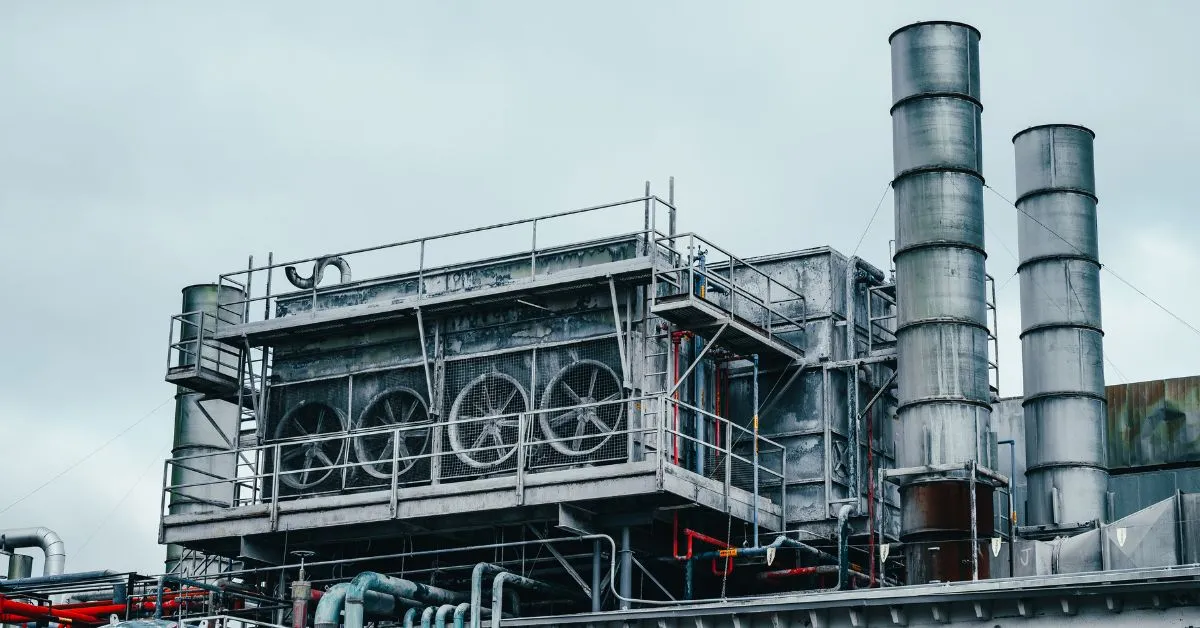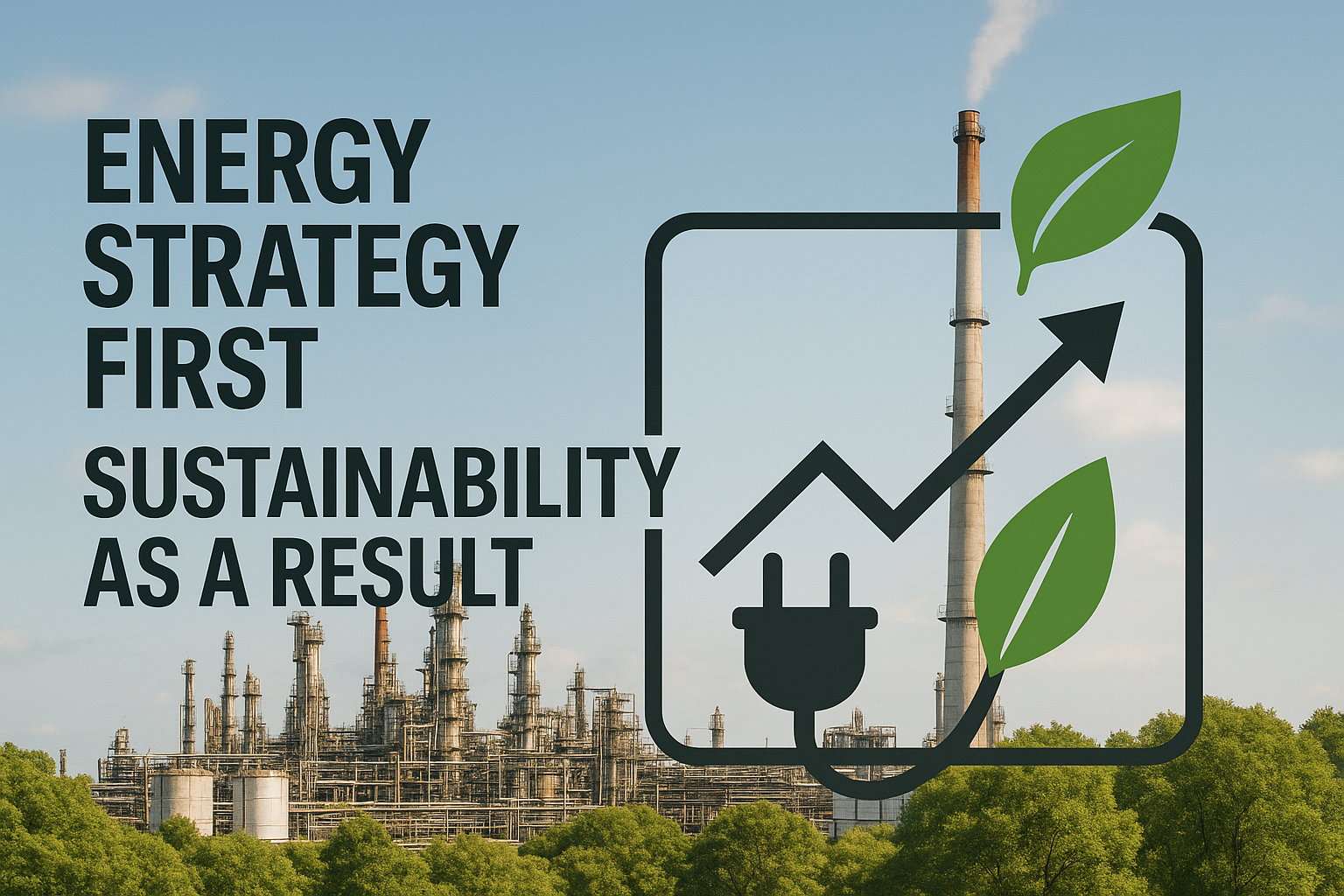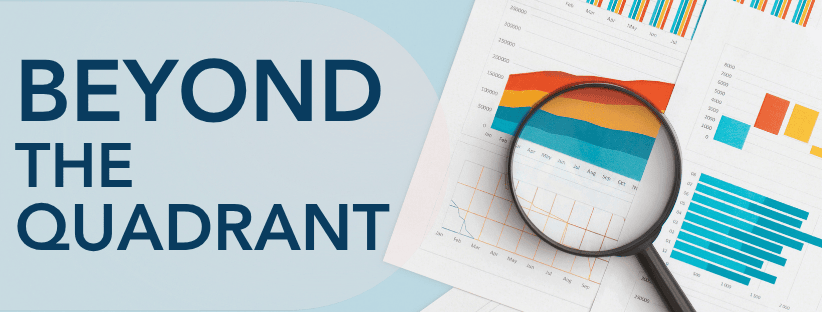Advanced process control (APC) has steered refineries, chemical complexes, and power plants for decades, extracting additional throughput from legacy equipment. By learning from every data point in real time, AI optimization updates setpoints in seconds, spans interacting units, and keeps improving on its own; advantages classic APC could never reach.
Now, the integration of AI with APC marks a turning point in industrial operations. This fusion delivers a new tier of responsiveness, adaptability, and insight, augmenting control strategies with predictive intelligence and automated decision-making.
The result: more stable operations, reduced energy usage, and faster responses to market or process shifts. As AI amplifies APC’s strengths and closes its historical gaps, plant efficiency is no longer just optimized; it’s continuously redefined.
APC vs. AI Optimization
When you compare advanced process control, the difference feels less like a replacement and more like upgrading the brain that already guides your plant. You still lean on APC’s proven stability, but the AI tier adds speed, breadth, and financial upside hard to ignore.
The most immediate difference is responsiveness. AI writes fresh setpoints in real-time, while classic APC typically updates every few seconds, not minutes, allowing both to manage disturbances promptly.
This speed advantage extends to scope as well; a data-driven model tracks thousands of variables across interacting units, tackling non-linear behavior that traditional control’s unit-by-unit, linear focus can miss. This provides true multi-unit oversight across your entire operation.
Beyond hard-coded rules, AI adds autonomy and contextual reasoning, proactively steering toward the most profitable operating point. The system learns from new data automatically, sparing you the manual model retuning that traditional systems demand every time feedstock or equipment drifts.
As Nadav Cohen, an expert in industrial AI, has noted in a recent webinar, “Ironically, the more value being generated by APC and RTO, the more incremental value the optimizing brain will yield,” suggesting that AI amplifies—never replaces—the foundation you already trust.
Under the Hood: How Traditional APC and AI Differ and Align
To understand why AI optimization delivers superior results, you need to look at the fundamental differences in how these systems operate. Traditional advanced process control runs on linear control loops built from first-principles equations. These static models handle unit constraints well, but every change in feed, fouling, or catalyst age forces engineers to stop, recalibrate, and restart, maintenance that can take weeks.
An AI optimization approach works differently. Reinforcement learning replaces fixed equations with data-driven networks that learn from historian streams and sample results in real-time. The model captures non-linear, cross-unit effects, detects drift early, and writes fresh setpoints back to the distributed control system every few seconds.
The real advantage lies in the architecture itself. AI optimization layers above existing control safeguards, allowing you to keep proven constraint handling while gaining continuous optimization and automated retraining. This eliminates the long-term upkeep that once limited plant-wide adoption.
Timeline & Cost Breakdown
The implementation journey follows four key milestones: kick-off, data ingestion, proof-of-value, and closed loop. AI optimization typically delivers measurable improvements within six months, with many plants seeing results in just weeks once models begin learning from live historian tags.
Traditional systems require extensive model-building and tuning cycles, extending commissioning beyond a year.
Cost structures reflect these timeline differences significantly. AI optimization operates on a subscription model with low upfront investment, primarily integration services and operator training, while ongoing expenses remain in operational expenditure rather than capital expenditure.
Traditional systems front-load costs into extensive engineering hours, software licenses, and hardware upgrades, then require ongoing specialist maintenance. Industry momentum toward more efficient AI models continues reducing compute requirements and infrastructure spend.
Best Practices for Seamless Integration
Integrating AI optimization with existing control systems requires strategic planning and attention to detail. Success depends on addressing both technical and human factors from day one.
Stakeholder Alignment
Building stakeholder alignment early proves crucial for long-term success. Engaging plant operators and engineers from the beginning ensures buy-in and smooth implementation while helping the new systems align with existing workflows.
This early involvement allows teams to realize the technology’s full potential rather than viewing it as a threat to established processes.
Cybersecurity Protocols
From a technical standpoint, cybersecurity must remain a top priority throughout integration. Conducting thorough security assessments and utilizing air-gapped testing environments protects against cyber threats that could disrupt operations.
As AI solutions connect to existing infrastructure, they must be secured to prevent vulnerabilities.
Effective Change Management
Effective change management addresses concerns and communicates progress transparently across the organization through regular updates that keep everyone informed and involved at each implementation stage.
Providing operators with transparent dashboards and reporting tools gives them a clear view of unit behavior and system performance, enhancing their ability to leverage AI effectively in their routine operations.
Governance Framework
A solid governance framework supports successful deployment through several key components. Establishing a regular offline retraining cadence ensures AI models stay current with the latest process data, maintaining their accuracy and relevance over time.
Clear override rules define when and how human operators can override AI-driven decisions to maintain safety and operational control. Robust KPI tracking assesses the impact of AI integration and drives continuous improvement.
Common implementation challenges require proactive solutions. Data quality concerns demand high-quality, consistent data collection and management practices to support reliable AI model outcomes.
Addressing “black box” perceptions involves fostering understanding of how AI models make decisions, which enhances trust in their outputs. Staffing constraints can be managed by creating an environment that supports staff through training and clearly defined roles, reallocating human resources where they add the most value.
Common Pitfalls & How to Avoid Them
Implementing AI optimization in industrial settings presents several challenges that can derail even the most promising projects. Understanding these pitfalls is essential for successful integration and sustainable results.
- Data Quality Issues – The biggest mistake process industry leaders make is underestimating the data-cleansing effort required for success. AI optimization models learn only from clean, time-aligned tags, which means your historian audit becomes critical work that happens before training starts.
- Misaligned Expectations – Position the AI solution as a decision partner, letting it run in advisory mode first so front-line operations build trust through experience rather than fear.
- Inadequate Change Management – Change management failures kill more AI projects than technical issues. Share quick-win dashboards early, celebrate measurable improvements, and keep executives, engineers, and shift crews aligned throughout the process.
- Insufficient Performance Tracking – Establish clear baselines for energy use and yield before deployment, then compare results every quarter. Continuous validation keeps your project funded and performing at peak levels while building the business case for expansion.
By recognizing and proactively addressing these common pitfalls, organizations can significantly improve their chances of successful AI implementation and realize the full potential of these advanced technologies in industrial settings.
Moving Beyond APC to AI-Driven Production Efficiency with Imubit
When you layer industrial AI on top of traditional process control, set-points adjust in real time, nonlinear interactions come into focus, and optimization keeps learning long after the initial model deploys. The result is faster, broader, and more resilient production efficiency than legacy systems deliver alone.
Plants utilizing Closed Loop AI Optimization (AIO) report measurable improvements, with reductions in energy costs, within months of going live.
Prove the value of AI at no cost with a complimentary, expert-led AIO assessment of your unit’s constraints and goals. Validate the potential on a focused pilot, then scale with confidence.
Together, we can build tomorrow’s self-optimizing plants on today’s foundations, unlocking higher profits and more sustainable performance across every unit you run.




